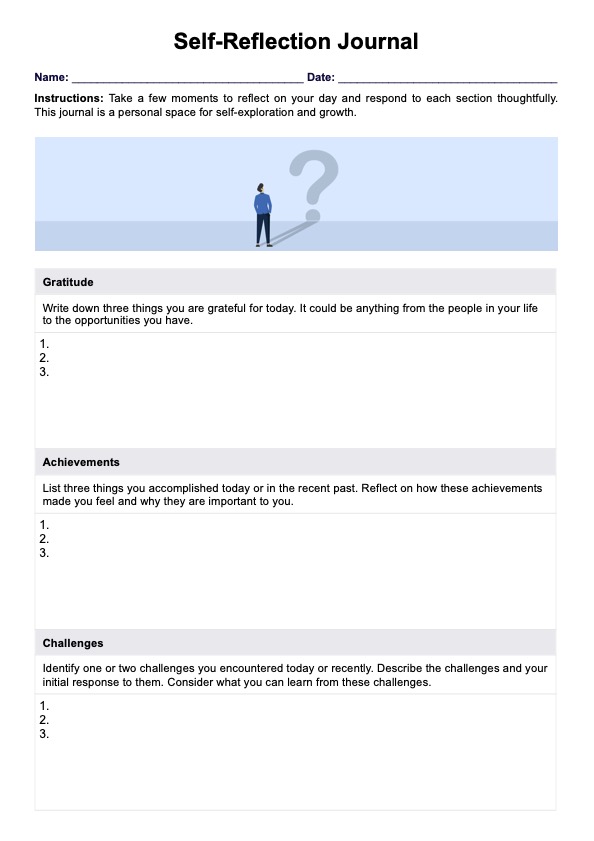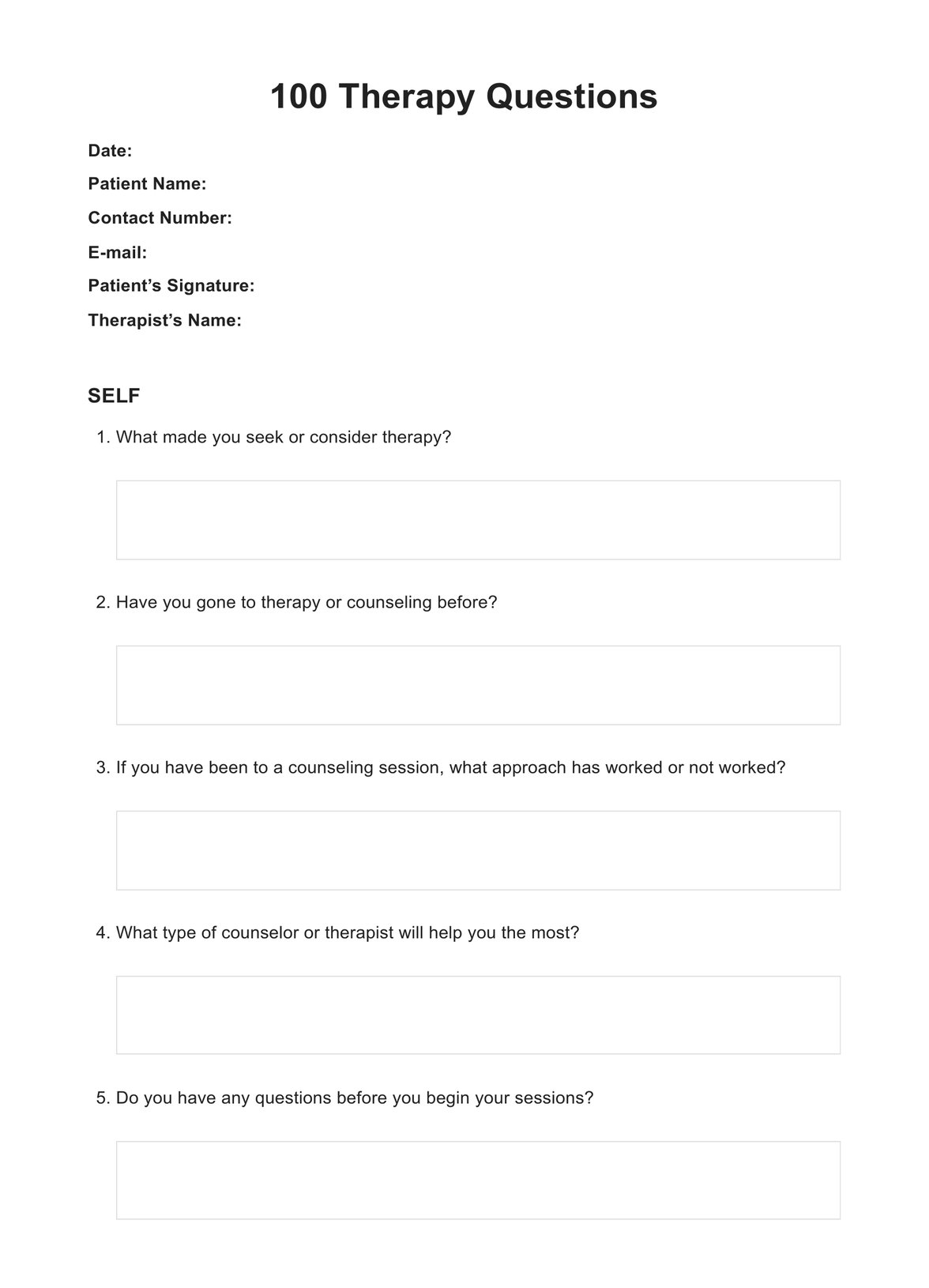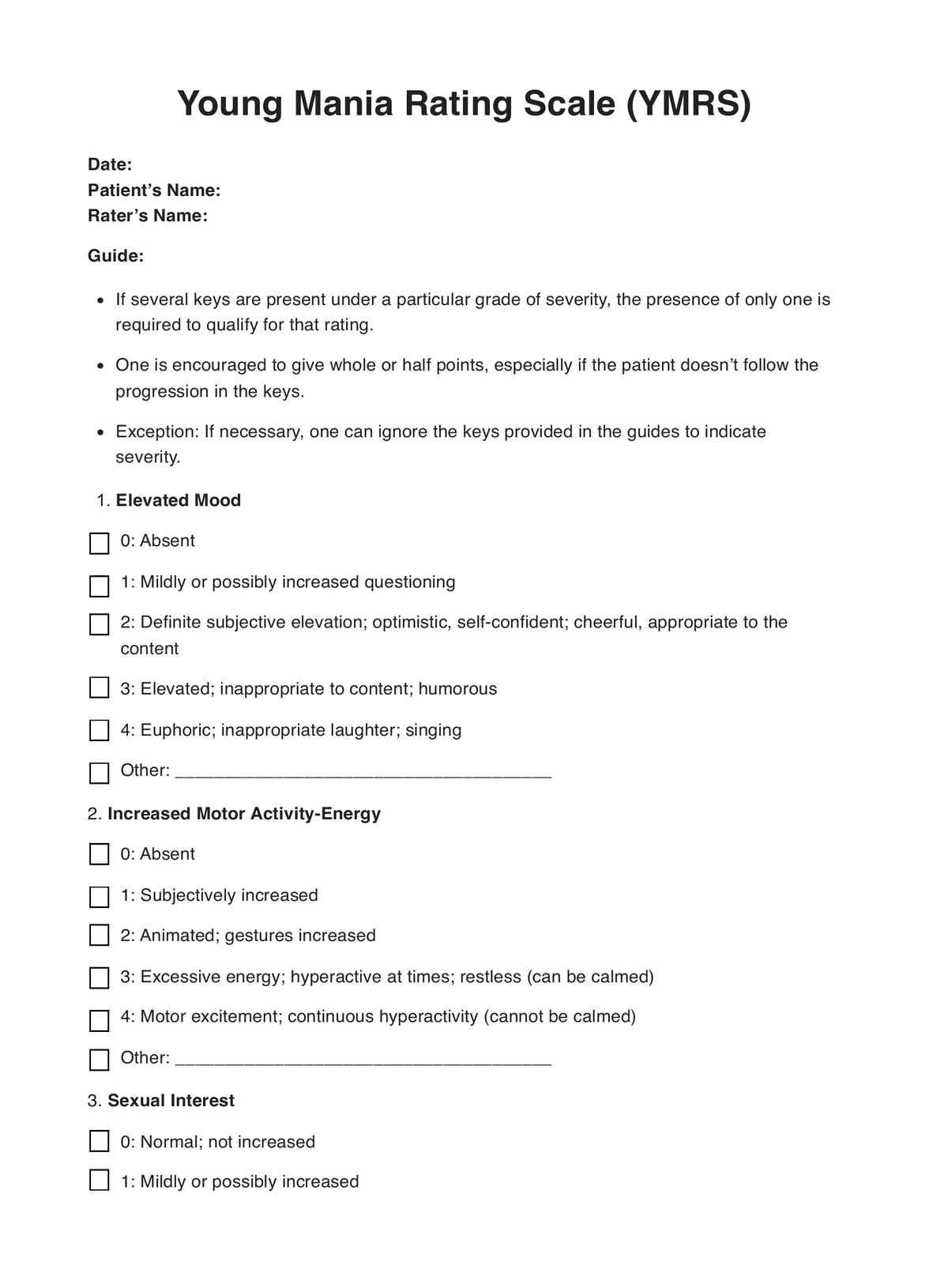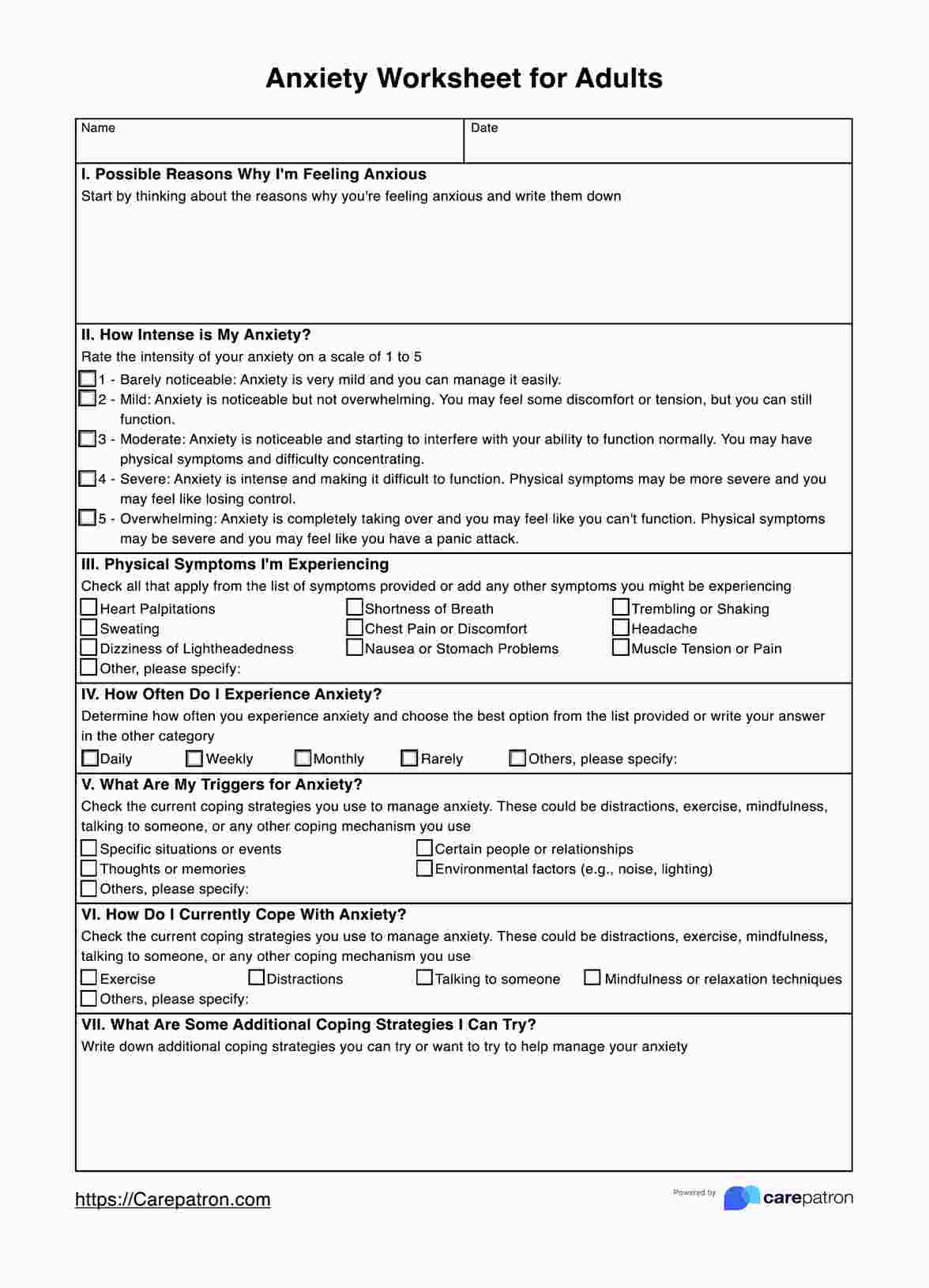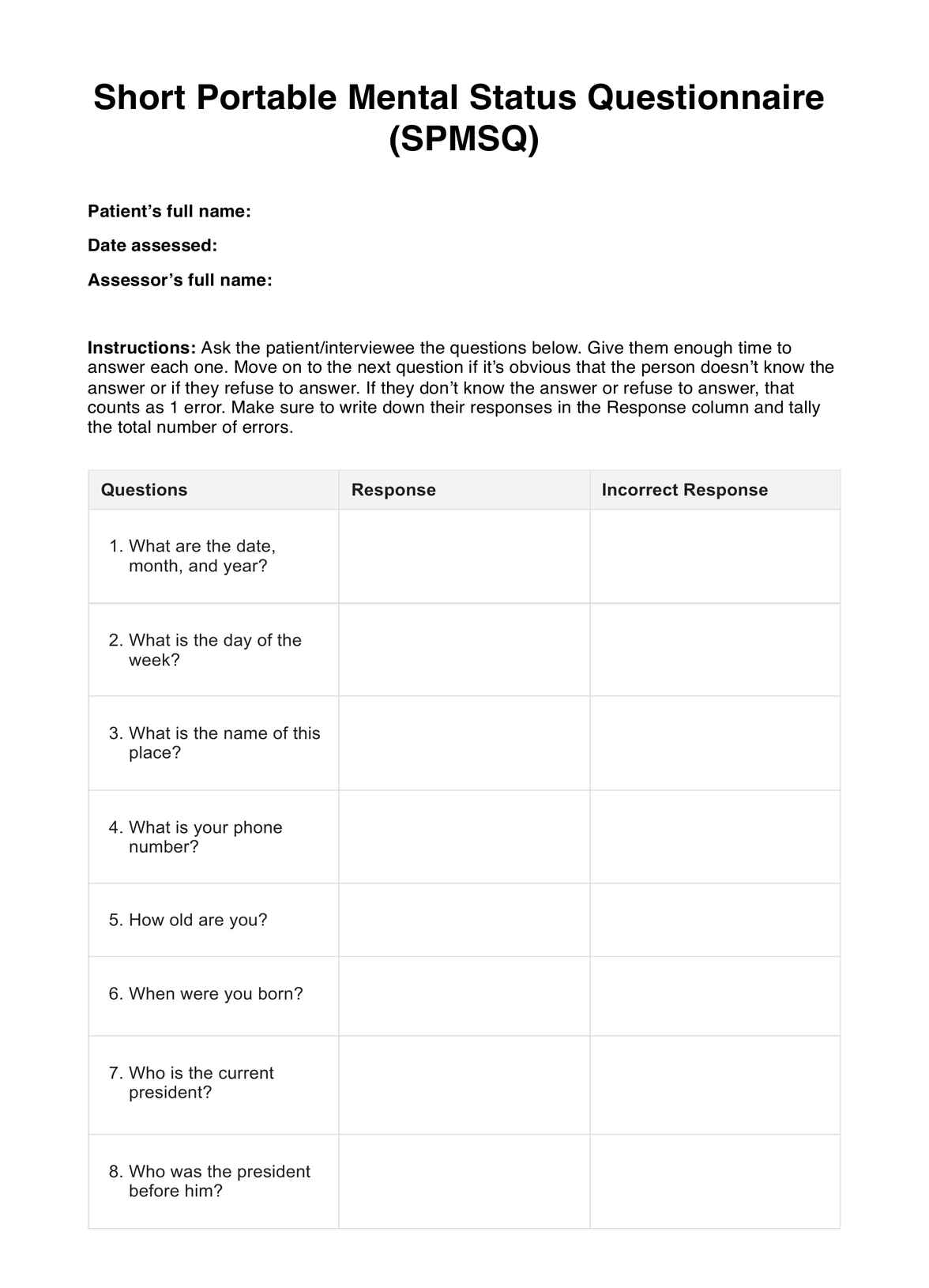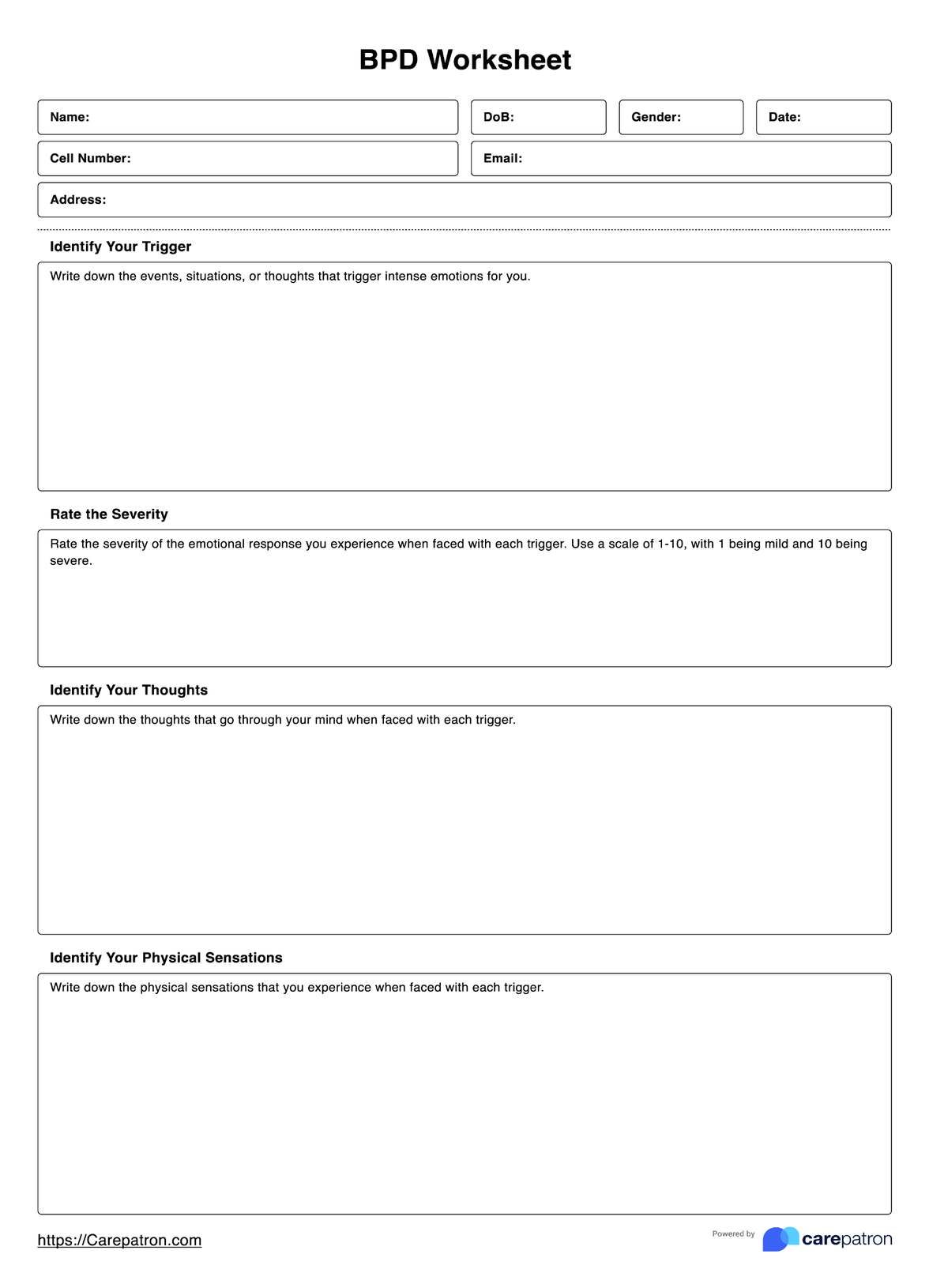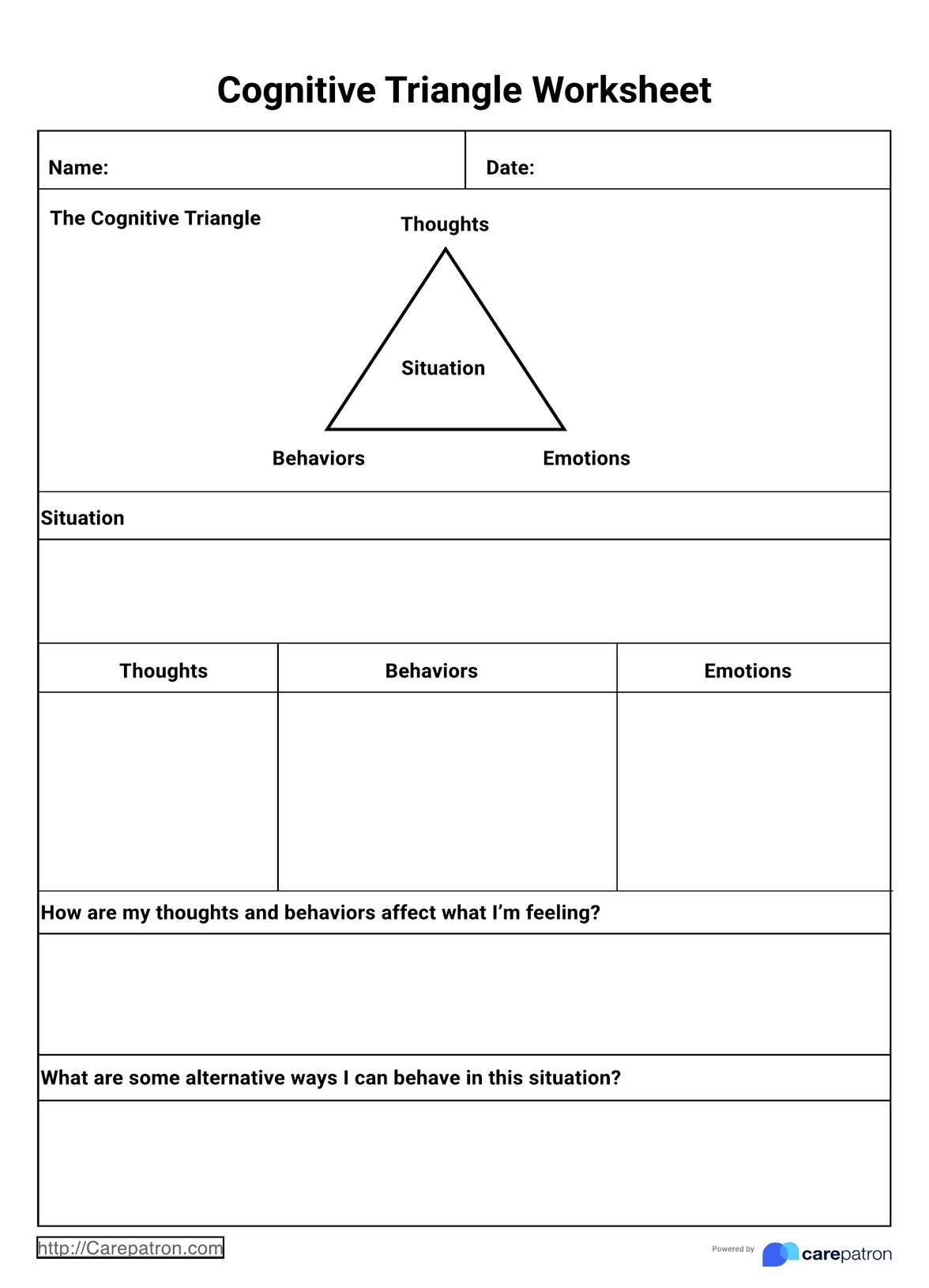De-Escalation Worksheet
A de-escalation worksheet is a structured tool healthcare providers use to manage challenging patient behaviors. Learn more about its benefits. Download this PDF now!


What is De-Escalation?
In healthcare, de-escalation refers to the use of strategies and techniques to calm down an agitated or aggressive individual in a way that minimizes the risk of harm to themselves or others. De-escalation techniques are commonly used in emergency departments, psychiatric units, and other healthcare settings where patients may be experiencing intense emotions or exhibiting challenging behaviors.
De-escalation is critical for healthcare providers to prevent violence and promote safety. It involves verbal techniques such as active listening, empathy, and validation, as well as non-verbal techniques such as maintaining a safe distance, using non-threatening body language, and avoiding behaviors that may escalate the situation. However, it is only sometimes effective and other interventions may be necessary. Healthcare providers should receive training in de-escalation techniques and have access to support and resources to manage challenging situations effectively.
Healthcare providers use a de-escalation worksheet to prepare for and manage potentially challenging interactions with patients or clients. The worksheet typically includes questions or prompts designed to help the provider identify potential triggers for agitation or aggression and strategies to de-escalate the situation.
Some standard components of a de-escalation worksheet may include the following:
- Trigger identification: Providers are asked to consider what factors may trigger a patient's agitation or aggression, such as a history of trauma, substance use, or environmental factors.
- Early warning signs: Providers are prompted to think about early warning signs that may indicate a patient is becoming agitated, such as changes in tone of voice, body language, or level of engagement.
- De-escalation strategies: The worksheet may include a list of de-escalation strategies that providers can use to help calm down an agitated patient, such as active listening, empathy, and validation, as well as non-verbal techniques such as maintaining a safe distance, using non-threatening body language, and avoiding behaviors that may escalate the situation.
- Safety planning: Providers may also be prompted to consider safety planning, such as identifying exit routes or enlisting the help of other staff members, in case the situation escalates and becomes unsafe.
De-Escalation Worksheet Template
De-Escalation Worksheet Example
How does this De Escalation worksheet work?
A de-escalation worksheet works by helping healthcare providers to prepare for and manage potentially challenging interactions with patients or clients in a structured and organized way. The worksheet typically includes questions or prompts designed to guide the provider through steps to identify potential triggers for agitation or aggression, recognize early warning signs, and develop strategies to de-escalate the situation.
Here are some ways in which a de-escalation worksheet works:
Identifying potential triggers
The worksheet prompts providers to consider what factors may trigger a patient's agitation or aggression, such as a history of trauma, substance use, or environmental factors. Providers can be better prepared to anticipate and prevent escalations by identifying potential triggers.
Recognizing early warning signs
The worksheet helps providers identify early warning signs that may indicate a patient is becoming agitated or upset, such as tone of voice, body language, or level of engagement. By recognizing these signs, providers can intervene early and prevent the situation from escalating further.
Developing de-escalation strategies
The worksheet may include a list of de-escalation strategies that providers can use to help calm down an agitated patient, such as active listening, empathy, and validation. Other strategies include non-verbal techniques, such as maintaining a safe distance, using non-threatening body language, and avoiding behaviors that may escalate the situation. By developing a plan in advance, providers can be more effective in managing challenging situations.
Safety planning
The worksheet may also prompt providers to consider safety planning, such as identifying exit routes or enlisting the help of other staff members, in case the situation escalates and becomes unsafe. Providers can be better prepared to respond to unexpected developments by having a safety plan in place.
When to use these worksheets for De-Escalation?
A de-escalation worksheet can be used in various healthcare settings when working with patients or clients prone to agitation or aggression. Here are some instances when a de-escalation worksheet may be helpful:
Inpatient psychiatric units
Patients admitted to psychiatric units may be experiencing acute symptoms of mental illness, which can include agitation, aggression, or self-harm. De-escalation worksheets can help staff prepare for and manage these challenging behaviors safely and effectively.
Emergency departments
Patients who come to the emergency department may be experiencing pain, anxiety, or other distressing symptoms, which can lead to agitation or aggression. De-escalation worksheets can help emergency department staff respond to these situations calmly and effectively, promoting safety and avoiding unnecessary interventions.
Outpatient mental health clinics
Patients receiving mental health treatment in outpatient clinics may be experiencing a range of symptoms, including anxiety, depression, and trauma, which can lead to emotional dysregulation. De-escalation worksheets can help clinic staff manage challenging interactions with patients in a supportive and therapeutic manner.
Long-term care facilities
Residents of long-term care facilities may be experiencing cognitive or physical decline, which can lead to behavioral disturbances. De-escalation worksheets can help staff respond to these situations compassionately, promoting resident safety and well-being.
Who is this printable De Escalation worksheet PDF for?
Here are some of the ordinary users of de-escalation worksheets and their specific uses for the tool:
Nurses
Nurses often work in fast-paced, high-stress environments where they may encounter patients with challenging behaviors. De-escalation worksheets can help nurses manage these behaviors by providing a structured approach to identifying triggers, using effective communication techniques, and promoting a calm and safe environment.
Doctors
Doctors may encounter patients in mental health crises or with a history of violence. De-escalation worksheets can help doctors manage these situations by providing strategies for reducing anxiety, improving communication, and promoting safety.
Social Workers
Social workers often work with patients with a history of trauma, abuse, or neglect. De-escalation worksheets can help social workers manage these patients' challenging behaviors by providing strategies for building rapport, establishing boundaries, and promoting a sense of safety.
Therapists
Therapists may encounter patients experiencing intense emotions, such as anger, sadness, or fear. De-escalation worksheets can help therapists manage these situations by providing strategies for validating emotions, promoting self-care, and reducing triggers.
Security Personnel
Security personnel may be responsible for managing aggressive or violent patients. De-escalation worksheets can help security personnel manage these situations by providing strategies for reducing tension, promoting safety, and minimizing the need for physical interventions.
.png)
Benefits of free De-Escalation worksheets
There are several benefits to using a free de-escalation worksheet in healthcare settings. Some of these benefits include:
Improved safety
De-escalation worksheets can help healthcare providers prepare for and manage challenging interactions with patients or clients safely and effectively, promoting a safe and secure environment for all involved.
Increased confidence
By providing a structured and organized approach to managing challenging behaviors, de-escalation worksheets can help healthcare providers feel more confident handling difficult situations.
Better outcomes
Effective de-escalation techniques can help reduce the likelihood of physical interventions, such as restraints or seclusion, which can have negative consequences for patients and providers. By promoting de-escalation, worksheets can help improve outcomes for everyone involved.
Improved communication
De-escalation worksheets help healthcare providers develop communication skills that promote understanding and empathy, leading to more positive interactions with patients and clients.
Reduced stress
By providing a framework for managing challenging behaviors, de-escalation worksheets can help reduce stress for healthcare providers, allowing them to focus on delivering high-quality care.
Commonly asked questions
De-escalation worksheets can be used when a patient or client exhibits challenging behaviors or may be at risk of agitation or aggression. This could include conditions where a patient is experiencing a mental health crisis, has a history of violence, or is otherwise exhibiting disruptive behaviors.
To use a de-escalation worksheet, providers should familiarize themselves with its content and structure. They should then use the worksheet to guide their interactions with patients or clients, focusing on identifying triggers, using effective communication strategies, and promoting a calm and safe environment. Providers should also document any relevant information related to the de-escalation event, such as the patient's behaviors, interventions used, and outcomes.
Yes, many types of de-escalation worksheets are available, each with a unique approach and content. Some worksheets may be tailored to specific patient populations, such as children or elderly patients. In contrast, others may focus on particular behaviors or settings, such as aggression in the emergency department. Providers should choose a de-escalation worksheet that best suits their needs and the needs of their patients or clients.


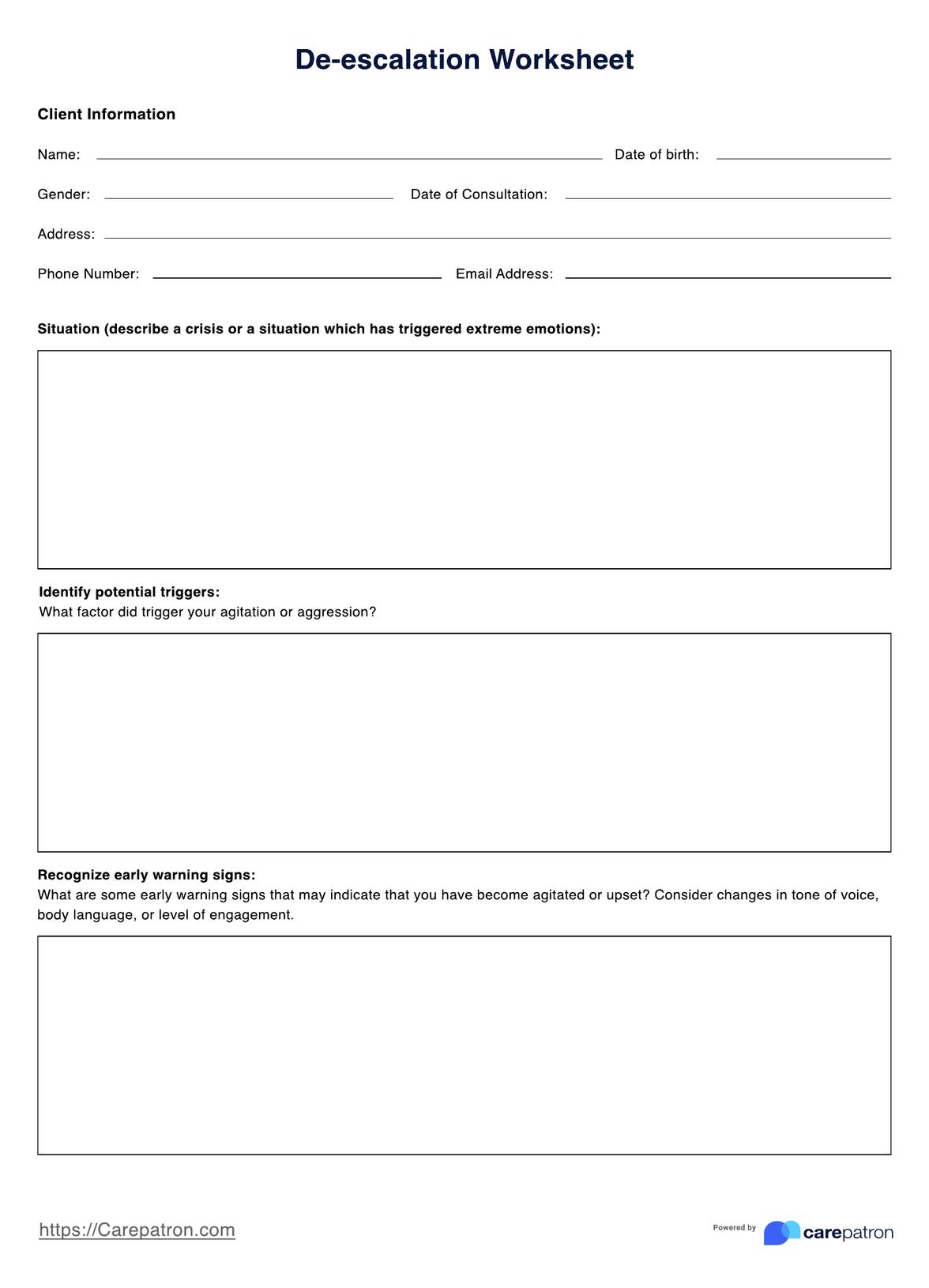
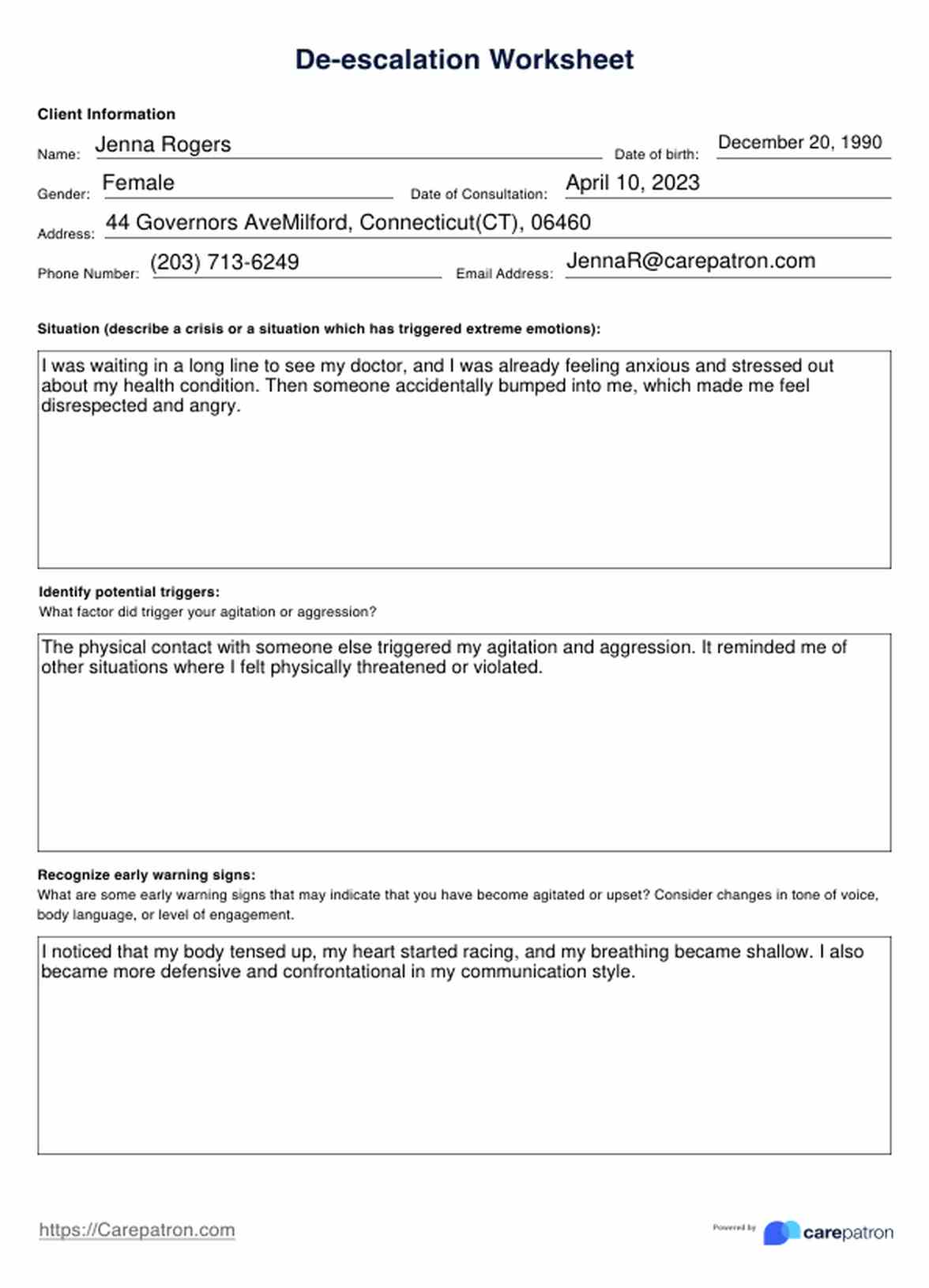














-template.jpg)






















































































